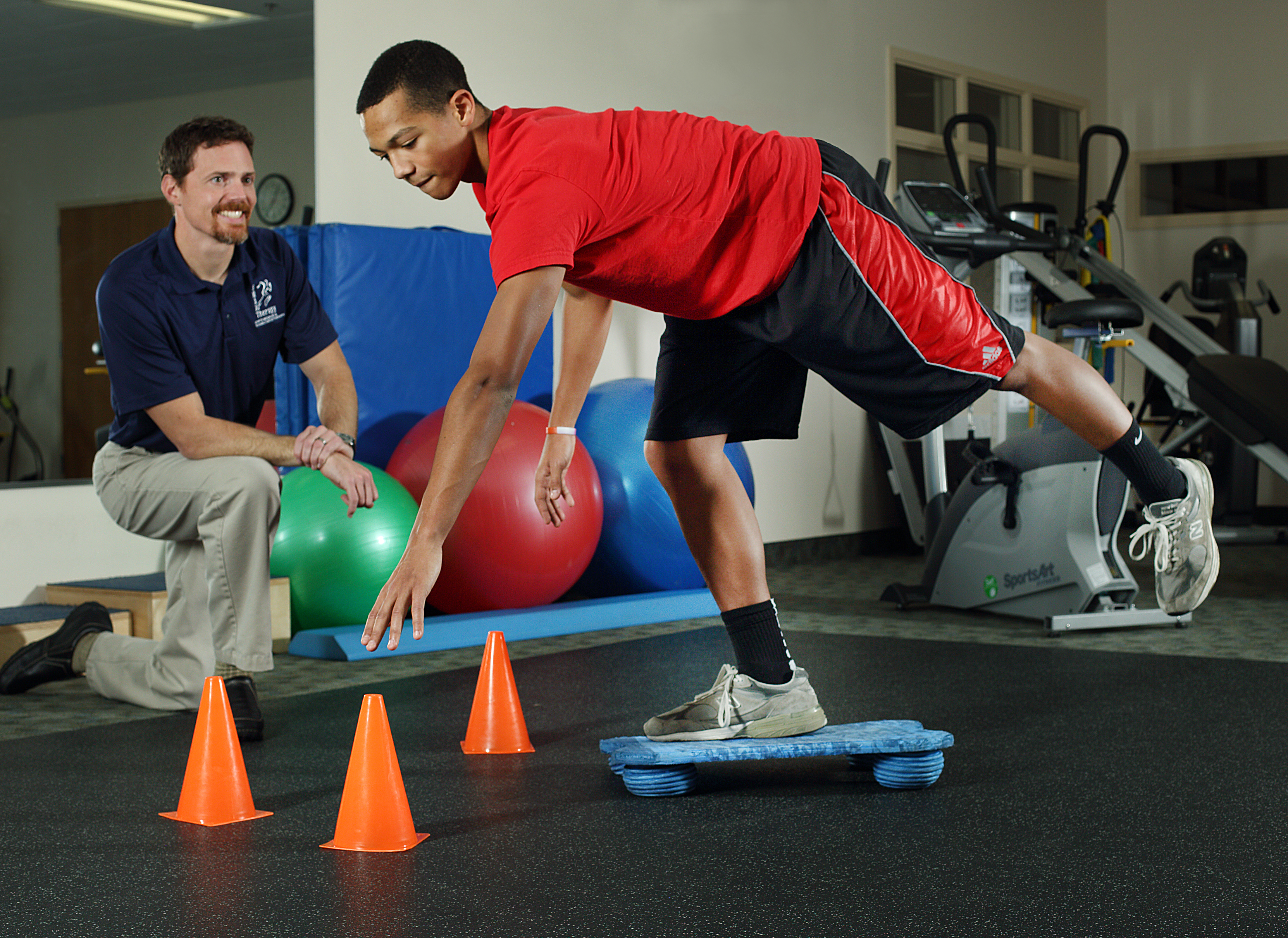Physical therapy is more than just a treatment for injury; it is a pathway to recovery and improved well-being for people of all ages and fitness backgrounds. If you are an athlete recovering from a sports injury, a elderly person wanting to maintain independence, or someone dealing with chronic pain, physical therapy offers tailored solutions to help you recover strength, mobility, and a better quality of life. In sports physical therapy , we will explore uplifting stories from physical therapy patients, showcasing their journeys toward recovery and emphasizing the transformative power of this targeted care.
As we explore the various aspects of physical therapy, you will learn about its role in pain management, injury recovery, and rehabilitation. We will also discuss the benefits that extend beyond recovery, such as how physical therapy can enhance performance, support preventative care, and improve everyday health. From understanding what to expect during your initial appointment to discovering the best exercises for specific conditions, this guide is designed to empower you with insight and motivation as you begin your own road to recovery.
Comprehending Physical Therapy
Physiotherapy is a field of medicine that focuses on helping patients restore mobility and improve their physical function after injury, surgery, or the development of chronic conditions. It entails a range of treatments, including workouts, manual therapy, and instruction, all tailored to meet the specific requirements of each client. Physiotherapists are certified professionals who examine these needs and create personalized treatment plans that aim to support recovery and boost overall health.
One of the primary goals of physical therapy is to relieve pain and minimize swelling through specific interventions. This may include modalities such as thermal therapy, chilled treatments, electrical stimulation, or ultrasound. In addition to pain management, physiotherapists also work on developing muscles and boosting mobility, which are crucial for preventing future injuries. The comprehensive approach of physiotherapy not only address the present issues but also equips patients with the knowledge and resources they need for sustained health.

Physiotherapy is advantageous for patients of all ages and can help address a wide range of conditions, from sports injuries and after-surgery healing to chronic pain and mobility issues. By emphasizing rehabilitation and prevention, physiotherapy plays a crucial role in enhancing quality of life. Whether you are an fitness enthusiast looking to boost performance or an elderly person aiming to preserve independence, physiotherapy can be customized to support you achieve your objectives.
Advantages of Physiotherapy
Physical therapy offers various advantages that reach beyond only managing injuries. One of the primary benefits is alleviation of pain. Through targeted exercises and modalities such as thermal therapy, ice, and hands-on treatment, physical therapists help patients manage pain from multiple conditions, including ongoing conditions and rehabilitation after surgery. This tailored approach allows individuals to recover mobility and boost their quality of life without only using medication.
Another significant gain of physiotherapy is its role in improving mobility and flexibility. Many patients experience stiffness and narrow range of motion due to injuries or aging. Physical therapists design specific exercise programs focused on improving mobility, enabling individuals to perform daily activities with more ease. This increased mobility not only encourages independence but also supports overall health and well-being.
Physical therapy also plays a crucial role in preventing injuries and rehabilitation. By educating patients on correct body mechanics, muscle building routines, and flexibility routines, therapists help individuals avoid subsequent injuries. Furthermore, in the recovery phase following an injury or surgery, physical therapy is essential for recovering strength and function. This holistic approach ensures a balanced recovery, allowing patients to return to their favorite activities securely and efficiently.
Tailored Physical Therapy Methods
Tailored physical therapy methods address the distinct needs of various patients, guaranteeing that treatment is customized for maximum recovery and function. A common approach is pediatric physical therapy, which focuses on helping children develop motor skills, improve strength, and enhance coordination. By utilizing engaging techniques and age-appropriate exercises, pediatric therapists create a supportive environment that promotes growth and progress in young patients.
In addition, specialized approach is senior physical therapy, designed to support older adults maintain mobility and independence. This form of therapy tackles age-related issues such as arthritis, balance problems, and mobility limitations. Therapists employ gentle exercises, balance training, and education on fall prevention, enabling seniors to engage in daily activities securely and confidently while minimizing the risk of injuries.
Water-based therapy is also a notable specialized approach, utilizing the properties of water to facilitate rehabilitation. This technique is particularly beneficial for patients with joint pain or those healing after surgery. The buoyancy of water reduces stress on the body, making movements easier and less painful. By including aquatic exercises, physical therapists can improve strength, flexibility, and mobility, providing a relaxing setting for recovery and rehabilitation.
